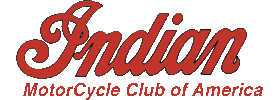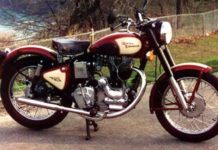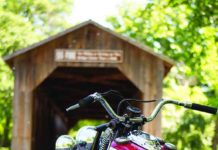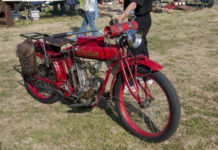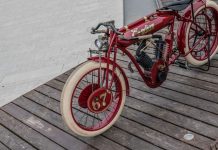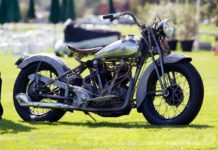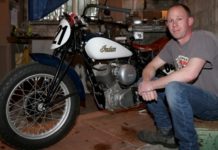The Indian Enfield
In the 1955 Indian started to import English built motorcycles, and branded them Indian Motorcycles. This was under a five year contract with Royal...
Hail to the Indian Chief Motorcycle
This 1948 Indian Chief is one of the most important Indian motorcycles on the planet.
There’s a good chance, many years from now, that history...
The Wall of Death
Great short documentary on the Wall of Death - Riding Vintage Indian Motorcycle 101 Scouts!
If you ever get a chance to see the performance,...
Starklite Cycle Behind the Scenes Part1
Starklite Cycle on American Thunder:
The Story of Starklite Cycle - told by Bob Stark
Antique Indian Motorcycle Insurance
Indian Motorcycles through the Years
Many people ask us, how do we insure our Vintage Motorcycles. There are several companies that specialize in Vintage Insurance....
Replica Indian – E~ndian
Don't despair, though: it never was a real Indian. ...
Crocker Motorcycle Company Resurrected- Quail Motorcycle Gathering
Crocker & Indian Shared a history - Let's read about the revival....
After nearly twelve years of hassles and legal setbacks, a brand-new Crocker Big-Twin...
1948 Indian Big Base Scout Restoration
If Invercargill man Hamish Alan idolises anyone, it would be the Indian Wrecking Crew, a group of three motorcycle racing champions who rode their...
